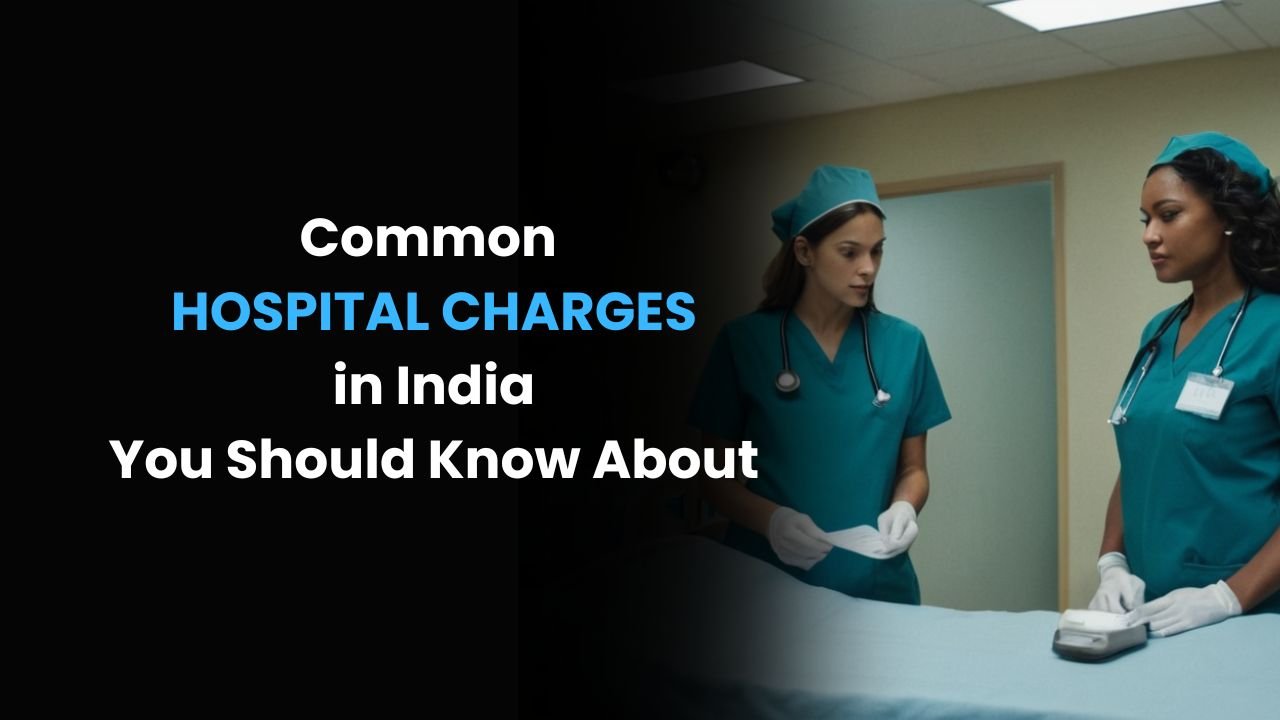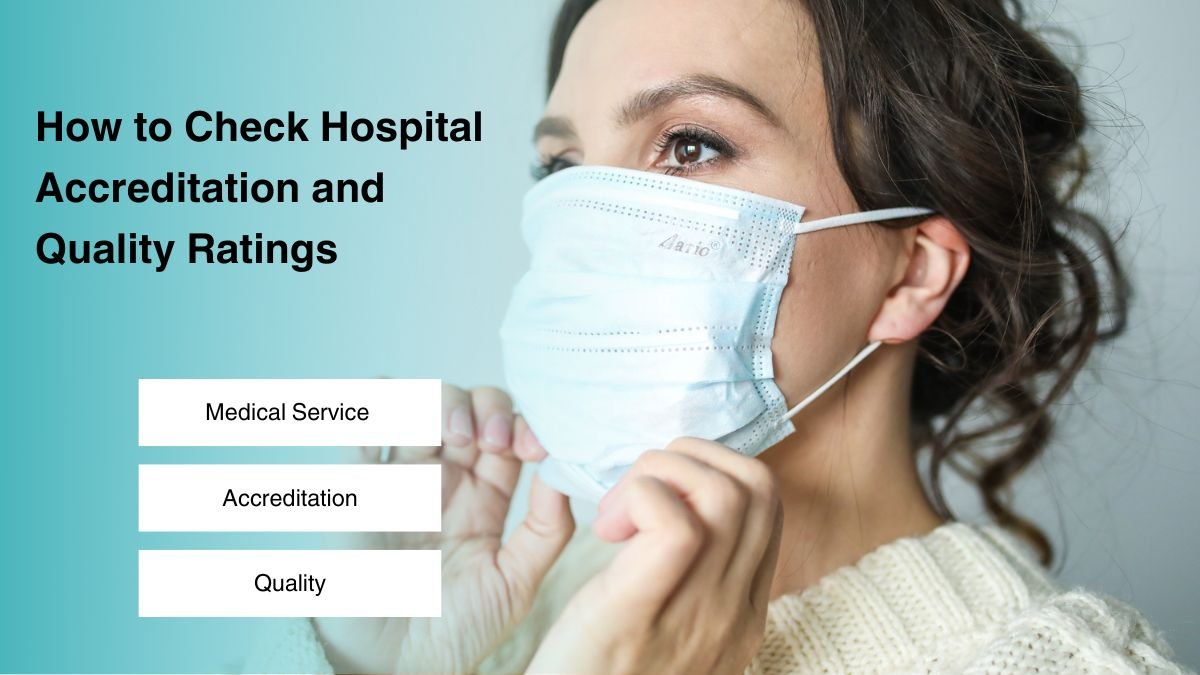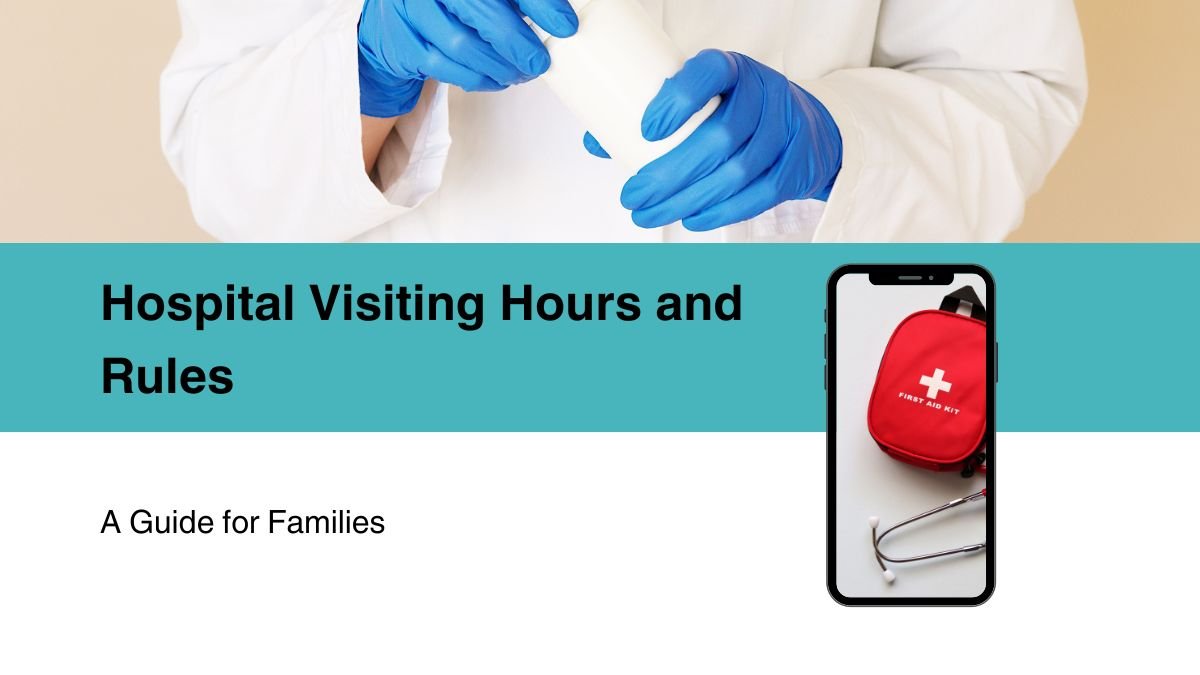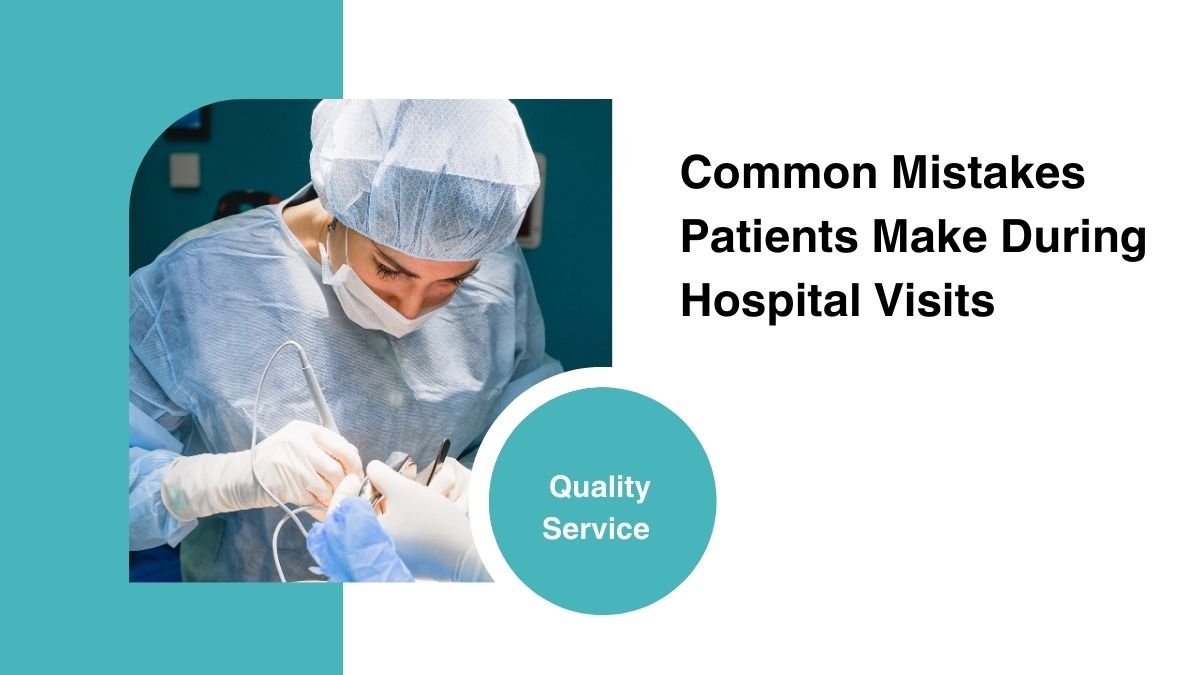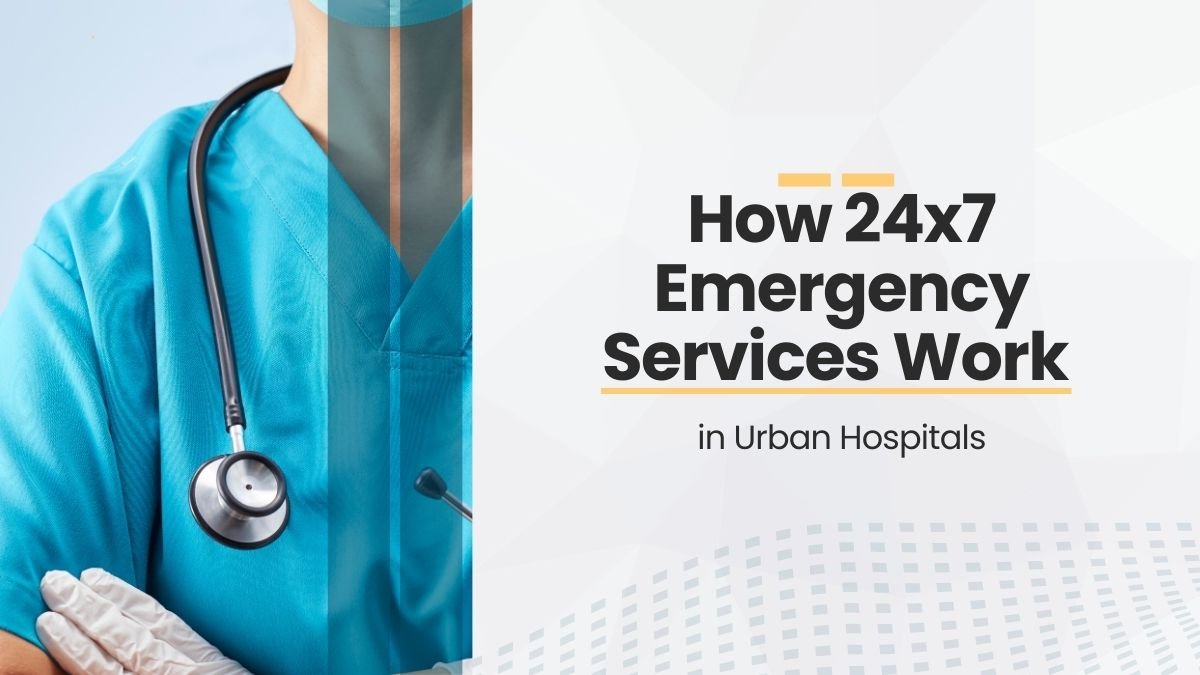Do you know that every year about 10 crore Indians go below the poverty line just because of the huge amount spent on treatment?
The cost of healthcare in our country is increasing by an average of 14% every year, and in such a situation, it has become very important to understand the exact cost of treatment.
When we go to a hospital for treatment, the bill we get is not just the doctor’s fee or room rent. It includes many other charges – such as co-pay, deductible, co-insurance, etc. If you understand all these things in advance, then in future you can avoid fraud and plan your medical expenses better.
1. Hospital Charges
- Room charges (AC/Non-AC, private or semi-private)
- Surgery and operation expenses
- Tests and diagnostic reports
- Doctor visit fees
- Nursing and care expenses
Example: If you take a private room, then its charge is higher. On the other hand, the general ward is cheaper. Therefore, before treatment, definitely check the hospital’s rate list.
2. Treatment and Doctor Fees
- Doctor’s visit fee
- Operation theater rent
- Fees for using the lab and other machines
Example: If you have consulted an orthopedic doctor and got an X-ray done, then the doctor’s fee + X-ray fee will be added to both separate bills.
3. Co-pay
Co-pay is a fixed amount that you have to pay yourself during every visit, even if you have insurance.
Example: If it is written in your insurance that you have to pay ₹300 co-pay on a doctor’s visit, then you will have to pay ₹300 every time you visit the doctor.
4. Deductibles
Deductible means that you bear the cost of treatment up to a fixed amount from your pocket every year. Only after this the insurance company starts helping you.
Example: If the deductible is ₹1000, then you will pay the first ₹1000 in a year, after that the rest of the expenses will be covered by the insurance.
5. Co-insurance
In this, you pay some percentage of the treatment and the rest is covered by the insurance company.
Example: If co-insurance is 20% and the bill is ₹10,000, you will pay ₹2000 and the insurance company ₹8000.
How does the medical billing process work?
Step 1: Patient Registration
When you visit the hospital for the first time, your complete details are recorded – like name, age, address, gender and a copy of the insurance card. Every time you visit, your information is updated.
Step 2: Insurance Check (Pre-Authorisation Process)
The hospital contacts the insurance company to check:
- Whether the insurance is active or not
- Which services are covered
- What are the details of co-pay and deductibles
Step 3: Creating a pre-auth form
The doctor makes a treatment plan after looking at the patient’s condition and fills a form for it. The following documents are required:
- Hospital bill and discharge summary
- Test reports
- Doctor’s certificate
- Surgeon’s fees and bills
- Certificate of completion of treatment
Step 4: Charge Entry
Now the hospital records all the services that were given to the patient so that the doctor and the hospital get the correct payment.
Step 5: Claim Form Submission
All the information and documents are collected and sent to the insurance company, so that the process of refund or cashless claim can start.
Step 6: Denial Management
Sometimes the insurance company rejects the claim – for example:
- Incomplete documents
- Treatment not covered in the policy
- Wrong information provided
In this case, the hospital and insurance agent help, but it is your responsibility to provide the correct documents.
Step 7: Payment Posting
The insurance company gives the payment information to both the hospital and the patient, and tells how much amount was received, how much was rejected and why.
🇺🇸 Cashless vs Reimbursement Claim
What is a cashless claim?
If you get treatment in a network hospital, then you do not have to pay money from your pocket. The insurance company settles the payment directly with the hospital.
What is a reimbursement claim?
If you have taken treatment in a non-network hospital or have paid for the treatment yourself, then you have to collect:
- All bills
- Reports
- Doctor’s prescription
- Bank details (cancelled cheque)
…and send them to the insurance company, and get the money back later.
Documents required for reimbursement claim
- Insurance claim form
- Cancelled cheque and ID proof
- Original hospital bill
- Discharge summary
- All receipts and test reports
- Doctor’s prescription
- FIR/MLC if it is an accident case
- Bills of implants (if any surgery has been done)
What does the insurance cover?
- In-patient hospitalization
- Pre and post admission tests
- Day care surgeries (such as cataract surgery)
- Road ambulance expenses
- Critical Illness
- Domiciliary hospitalisation
What is not covered in insurance?
Medical expenses not covered:
- Cosmetic surgery
- Long-term private nursing
- Normal vaccinations
- Hospitalization only for food and beverages
- Experimental treatment
Non-medical expenses that are not covered:
- Facility charges such as internet, TV, phone
- Personal care products
- Treatment by your own family doctor
- Treatment by the wrong specialist
Conclusion: Make a wise decision
It is important to understand every part of a medical bill so that you can:
- Choose the right insurance
- Plan your expenses properly
- Avoid any problems in making claims
- Avoid fraud
While buying insurance, make sure to check:
- What diseases and services are covered
- What are the deductibles and co-pays
- How large is the network of hospitals
- Is the claim settlement rate good or not
Health is our biggest asset. Therefore, it is very important to take some time out and understand these details. This will not only save you money, but will also keep you and your family mentally calm during difficult times.
